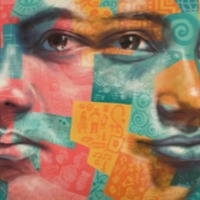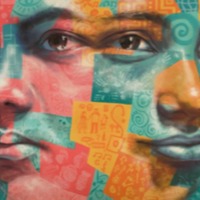
Miriam A.
There are an estimated 136,000 people living on conditions of modern slavery in the United Kingdom (Global Slavery Index 2018). According to the 2017 annual figures provided by the National Crime Agency, 5, 145 potential victims of modern slavery were referred through the National Referral Mechanism in 2017, of whom 2,454 were female, 2688 were male and 3 were transgender, with 41% of all referrals being children at the time of exploitation. People are subjected to slavery in the UK in the form of domestic servitude, labour exploitation, organ harvesting and sexual exploitation, with the largest number of potential victims originating from Albania, China, Vietnam and Nigeria. This data however does not consider the unknown numbers of victims that are not reported. Miriam A. was abused from a young age and into her marriage. She was offered the opportunity to come to Britain and start a new life away from abuse. She was promised the opportunity to study and that her children would join her later. Instead she was forced into domestic work, working 16 to 18 hours a day with no breaks. She was forced to do all cooking, cleaning, babysitting and care work. The family controlled when she slept, when she woke and what she ate. If she was allowed to speak to her children, her

Phalla
Cambodia was renowned as a sex tourism destination in the 1990s and this legacy is still prevalent today with women and girls trafficked within the thriving sex industry in Cambodia's major cities. Despite significant attempts to curb CSE, NGOs report the industry has been pushed underground and sex offenders are still able to purchase sex with children through an intermediary rather than more overt selling of sex in brothels. Boys and young men are also vulnerable to sexual exploitation, with many entering the massage industry due to a lack of training and skills. “Phalla” studied to grade 12, then was sold to a brothel by her grandmother. Names have been changed to protect the survivors' privacy.